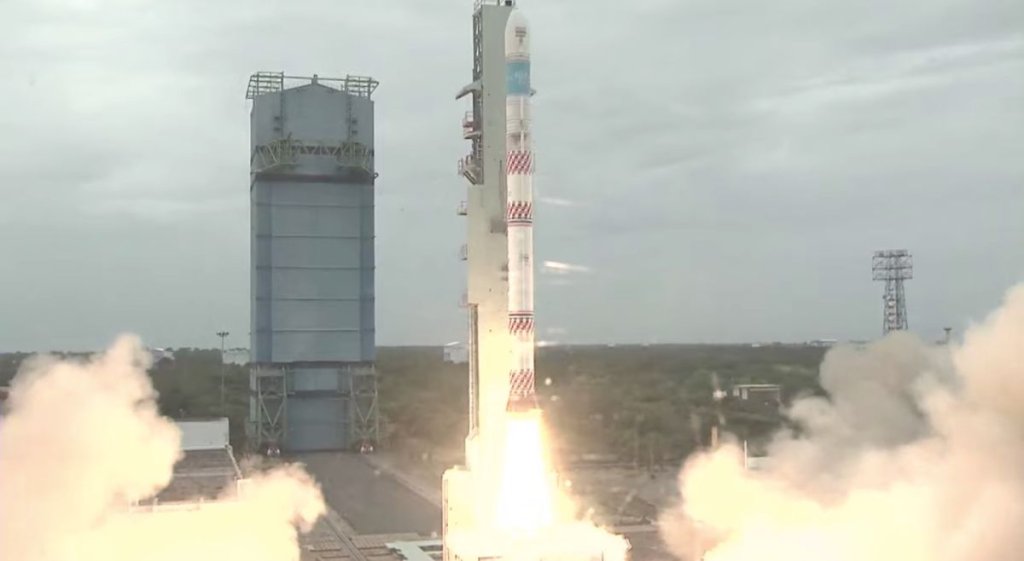India’s new rocket will launch for the second time ever on Thursday night (Feb. 9), and its builders hope the results will be different this time around.
The Small Satellite Launch Vehicle (SSLV) is scheduled to lift off Thursday at 10:48 p.m. EST (0348 GMT on Feb. 10) from Satish Dhawan Space Centre on the island of Sriharikota, which lies just off India’s southeastern coast. If the Indian Space Research Organisation (ISRO) streams the launch live, as expected, we’ll carry it here at Space.com.
This is a bounce-back mission for the SSLV. The rocket debuted on Aug. 6, 2022, carrying the EOS-02 Earth-observation satellite and a student-built cubesat called AzaadiSAT toward orbit. But the 112-foot-tall (34 meters) launcher deployed the spacecraft into the wrong orbit, and both satellites were lost.
Related: ISRO: The Indian Space Research Organisation
ISRO officials announced last week that they had figured out why the mission failed.
A “vibration disturbance” during the separation of the SSLV’s second stage briefly saturated all six accelerometers in the vehicle’s navigation system. This caused the SSLV to go into “salvage mode,” and the rocket ultimately deployed the satellites despite not reaching the required velocity.
The issue has been addressed via a number of measures, ISRO officials explained in a Feb. 1 update (opens in new tab). For example, the second-stage separation system has been replaced with a proven one that’s known to generate lower vibrational shocks. And now the SSLV, which can deliver up to 1,100 pounds (500 kilograms) to low Earth orbit, is on the launch pad again.
The rocket will loft three satellites on Thursday’s flight — ISRO’s 344-pound (156 kilograms) EOS-07 Earth-observation satellite and two smaller craft called Janus-1 and AzaadiSAT-2.
Janus-1 is a 22.5-pound (10.2 kg) satellite that will be operated by Indian-American company Antaris. The 19.7-pound (8.7 kg) AzaadiSAT-2 cubesat, like its lost predecessor, “is a combined effort of about 750 girl students across India guided by Space Kidz India, Chennai,” ISRO officials wrote in a mission description (opens in new tab).
If all goes according to plan, the SSLV will deploy all three payloads into a 280-mile-high (450 kilometers) circular orbit about 15 minutes after liftoff.
Mike Wall is the author of “Out There (opens in new tab)” (Grand Central Publishing, 2018; illustrated by Karl Tate), a book about the search for alien life. Follow him on Twitter @michaeldwall (opens in new tab). Follow us on Twitter @Spacedotcom (opens in new tab) or on Facebook (opens in new tab).

